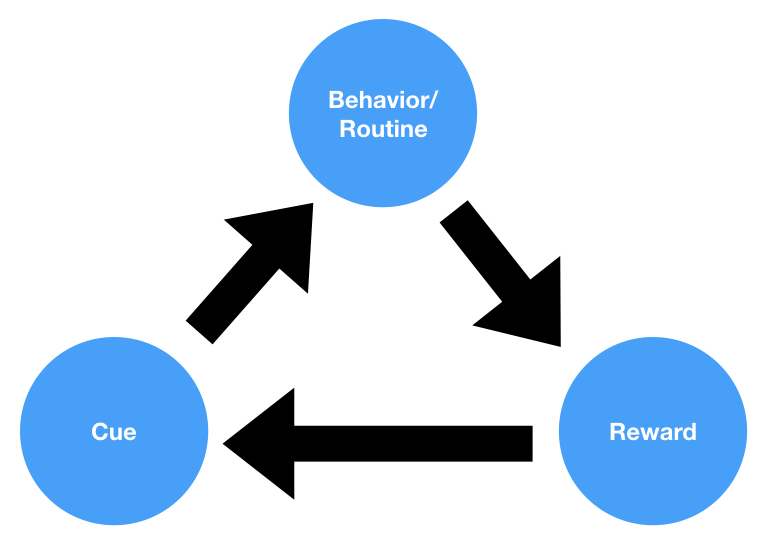What is Tiny Habits?
Tiny Habits is a behavior change method developed by Dr. BJ Fogg, a behavioral scientist at Stanford University. The approach focuses on creating small, easy-to-implement habits that can lead to significant long-term changes in behavior. Tiny Habits emphasizes the importance of starting with small, manageable actions and gradually building on them over time, rather than attempting to make large, drastic changes all at once. The method is based on the premise that creating tiny habits can help individuals build momentum, increase self-efficacy, and establish a foundation for more substantial changes in the future. Tiny Habits also stresses the significance of using triggers and positive reinforcement to establish and maintain new habits, making it easier for individuals to incorporate these small changes into their daily lives.
Examples of Tiny Habits
-
Fitness
Instead of committing to a one-hour workout every day, a person can start by doing five minutes of exercise daily, gradually increasing the duration as the habit becomes ingrained.
-
Healthy Eating
Rather than overhauling an entire diet, an individual can begin by adding one serving of vegetables to their daily meals, slowly incorporating healthier choices over time.
-
Mindfulness
Instead of aiming for 30 minutes of meditation per day, a person can start with a one-minute mindfulness practice each morning and gradually build on that foundation.
-
Organization
Rather than tackling an entire cluttered space, an individual can begin by tidying one small area each day, eventually leading to a more organized environment.
Shortcomings and Criticisms of Tiny Habits
-
Individual Differences
The Tiny Habits method may not be suitable for everyone, as individual differences in personality, motivation, and learning styles can influence the effectiveness of the approach.
-
Complexity of Behavior Change
While Tiny Habits can help establish new habits, it may not fully address the complexity of behavior change, including the various psychological, social, and environmental factors that can influence an individual’s ability to maintain new habits.
-
Focus on Incremental Change
Some critics argue that the focus on small, incremental changes may not be sufficient for addressing more significant issues, such as overcoming addiction or making substantial lifestyle changes, which may require more intensive interventions.
-
Generalizability
Although Tiny Habits has demonstrated success in certain domains, its effectiveness in a broader range of contexts and populations may be limited, requiring further research to determine its generalizability across different settings and target behaviors.




